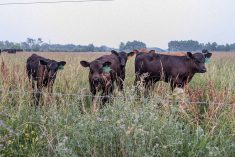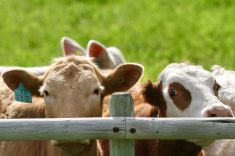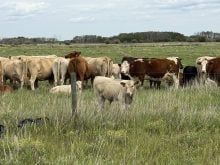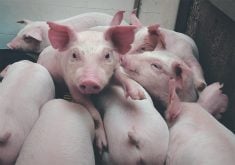OSOYOOS, B.C. – Every BSE test that exceeds Canada’s target of 30,000 samples in 2005 improves the country’s case internationally as a low risk area for the brain wasting disease, says Cornelius Kiley, a veterinarian with the Canadian Food Inspection Agency.
With testing and compliance with a feed ban that prohibits ruminant animal remains from being used in cattle feed, the disease should disappear in Canadian cattle just like brucellosis and tuberculosis, Kiley told the British Columbia Cattlemen’s Association annual meeting in Osoyoos May 28.
“We are able to say we are free of these diseases because we are looking for them.”
Read Also
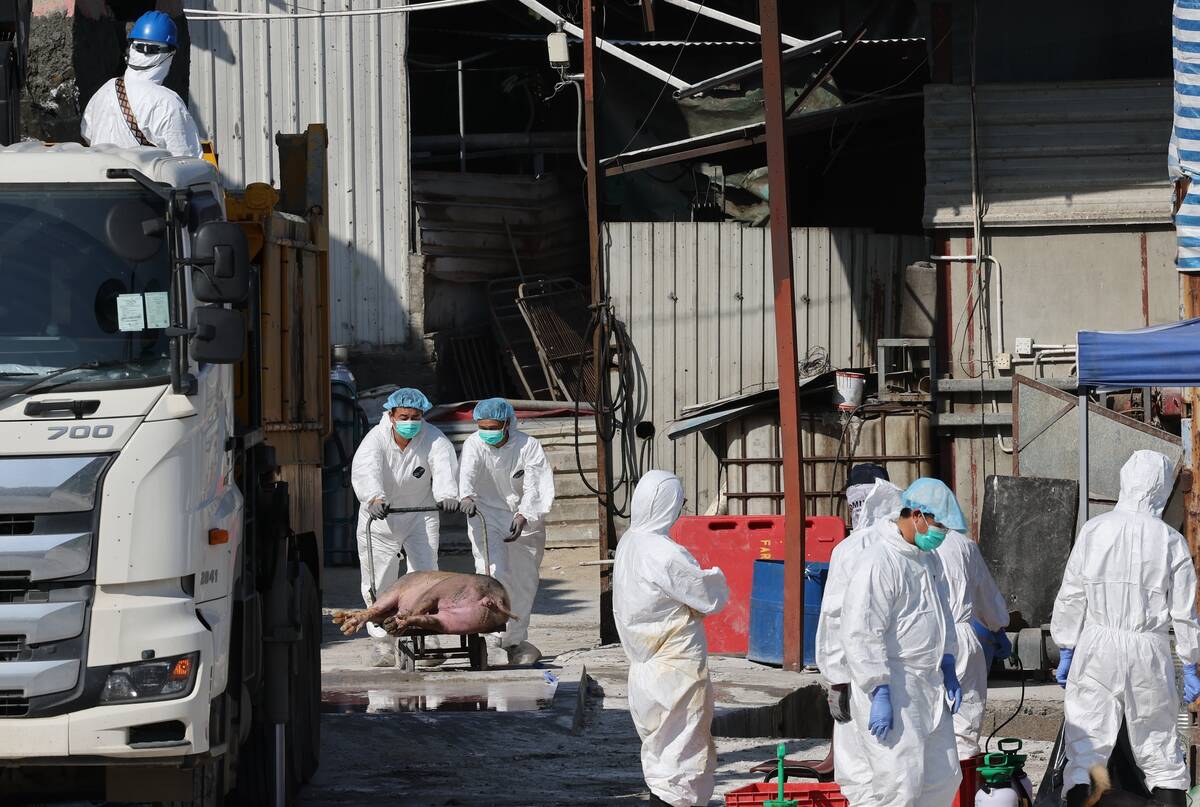
Mixed results on new African swine fever vaccine
The new African swine fever vaccine still has issues, but also gave researchers insight into how virus strain impacts protection against the deadly pig disease.
As of May 25, more than 27,240 animals were tested, mostly among 80-month-old cattle that fit into the categories of dying, distressed, diseased or dead.
Alberta has surpassed its 2005 target of 10,425 tests with 16,000 so far this year, while B.C. had tested 222 beef cattle and 406 dairy animals as of May 9, one-third of the way toward its target of 2,000 animals. Kiley said that should increase later in the year when cows are culled.
The dairy tests are not to exceed beef tests because 75 percent of mature animals are beef in Canada, even though international experience has found that the disease is more common in dairy cows.
Previously, dairy calves in other countries were often fed protein rich supplements and many became infected at an early age.
B.C. cattle producers presented two resolutions at their annual meeting requesting more testing to meet international export requirements, but both were defeated.
“Surveillance is not a food safety measure,” Kiley said.
“The main food safety measure is the whole process of removing SRMs (specified risk materials) at slaughter in animals over 30 months and the intestines from all ages.”
While these measures are being taken, Canada remains under scrutiny from international auditors who want assurances the country is meeting its BSE control measures.
Auditors look at national regulations, overall sophistication of the industry, veterinary infrastructures and laboratories, cattle populations, surveillance numbers, targeting of older animals, geographic distribution of sampling, the age of animals and beef and dairy ratios.
Auditors also want to know that the majority of samples are being collected from the areas where the disease was found.
Because all of Canada’s cases have been traced to Alberta, the highest level of testing continues there.
Kiley said the large number of samples should indicate an extremely low chance of having a positive case. CFIA suspects the most likely exposure to the infectious prion occurred before the 1997 feed ban so most of the cattle from that period are probably already dead.
Most international reports found BSE in eight-year-old cows but CFIA knows there were problems with feed ban compliance in 1998 and 1999. As a result, more cases could appear to the end of next year.
As for live animal tests or examining other body parts besides the brain, Kiley said science has not developed to the point where it can test more broadly.
Laboratories require a certain amount of abnormal prions in the brain before the test will work properly.
“Tests are not the panacea and they never will be,” he said.
As well, testing is not perfect.
“If an animal tests positive, it does not necessarily mean they have the disease. Even more critically, there are false negatives,” he said.
However, even with high levels of testing and feed bans in place, Great Britain discovered three cases in young cows this spring.
A May 30 report from the Guardian newspaper in Britain said three BSE infected cattle between 36 and 43 months were found on a Welsh farm.
According to the newspaper, the first was identified two months ago and the other two were confirmed when they were slaughtered as a security measure.
The 36 month old is the first BSE case in the European Union involving an animal born in 2002 or later.
Agriculture officials suspect the animals were infected with imported contaminated feed even though Britain has had a full ban on all animal ingredients in cattle feed since 1996.
Feed controls in the rest of Europe were not tightened until September 2001, when widespread outbreaks occurred on the continent.





